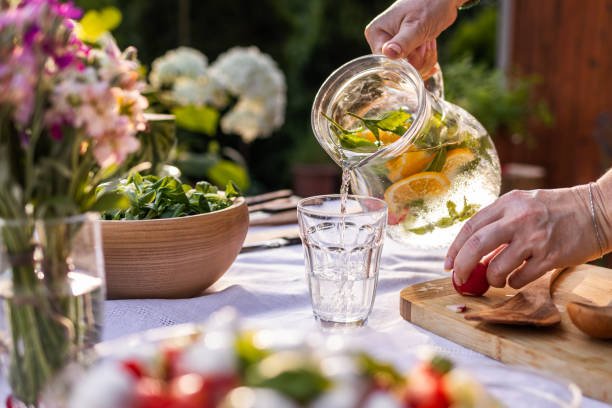
**Jugs and Glasses: The Essentials of Beverage Serving**In the world of kitchenware and dining, few items are as essential and ubiquitous as jugs and glasses. From their historical origins to their modern-day variations, these vessels have played a crucial role in how we store, serve, and enjoy beverages. This article delves into the fascinating world of jugs and glasses, exploring their types, uses, and the cultural significance they hold.### The Evolution of Jugs**Historical Background**Jugs have been used since ancient times, with early examples found in Mesopotamia, Egypt, and Greece. These early jugs were typically made from clay and were used for storing and pouring liquids such as water, wine, and oil. The design often included a wide body and a narrow neck to facilitate easy pouring, while handles were added for practicality.**Material and Design Progression**Over the centuries, the materials used to make jugs have evolved. While clay and ceramics dominated ancient and medieval periods, glass became more popular during the Roman era due to advancements in glassblowing techniques. The Industrial Revolution brought about the widespread use of metals like pewter and stainless steel, as well as the advent of plastic in the 20th century.Modern jugs come in a variety of materials, including:- **Glass:** Often used for its aesthetic appeal and the ability to see the contents.- **Ceramic:** Favored for its traditional look and ability to keep beverages cool or warm.- **Plastic:** Chosen for its durability and lightweight nature, especially in outdoor settings.- **Metal:** Known for its robustness and thermal properties, keeping drinks hot or cold for longer periods.### The Diversity of Glasses**Variety in Purpose and Design**Glasses are indispensable in any household or dining setting, with designs tailored to specific types of beverages. The shape and size of a glass can significantly influence the drinking experience, affecting the aroma, taste, and presentation of the beverage.Some common types of glasses include:- **Water Glasses:** Typically large and sturdy, designed for everyday use.- **Wine Glasses:** Available in red and white varieties, with shapes that enhance the aroma and flavor of the wine. Red wine glasses generally have a wider bowl to allow for aeration, while white wine glasses are more slender.- **Beer Glasses:** Vary in shape depending on the type of beer. Pilsner glasses are tall and thin, while pint glasses are more robust.- **Cocktail Glasses:** Include martini glasses, highballs, and tumblers, each designed to complement different mixed drinks.- **Champagne Flutes:** Tall and narrow to maintain carbonation and direct the bubbles upward, enhancing the visual appeal.**Materials Used**Like jugs, glasses come in various materials, each offering unique benefits:- **Glass:** The most common material, prized for its clarity and elegance.- **Crystal:** A type of glass known for its brilliance and resonance, often used in high-end glassware.- **Plastic:** Used for casual settings, outdoor events, and where breakage is a concern.- **Stainless Steel:** Gaining popularity for its durability and modern aesthetic, often used in travel mugs and reusable cups.### Cultural Significance**Rituals and Traditions**Jugs and glasses are more than just functional items; they are steeped in cultural and social rituals. In many cultures, the act of pouring and sharing a drink is symbolic of hospitality and friendship. Ceremonial jugs, often ornately decorated, are used in religious rituals and traditional ceremonies worldwide.**Social Gatherings**In contemporary settings, jugs and glasses play a pivotal role in social interactions. Whether it’s a family dinner, a party, or a formal event, the choice of jugs and glasses can enhance the ambiance and the overall experience. The right glass can make a simple drink feel like a special occasion, while a beautifully crafted jug can serve as a conversation piece.### ConclusionJugs and glasses are indispensable elements in the art of dining and entertaining. Their evolution from ancient times to the modern era reflects changes in technology, materials, and cultural practices. Whether crafted from glass, ceramic, plastic, or metal, these vessels continue to be essential in our daily lives, bringing both functionality and beauty to our tables. As we raise our glasses and pour from our jugs, we participate in a long tradition of sharing and enjoyment that transcends time and geography.



